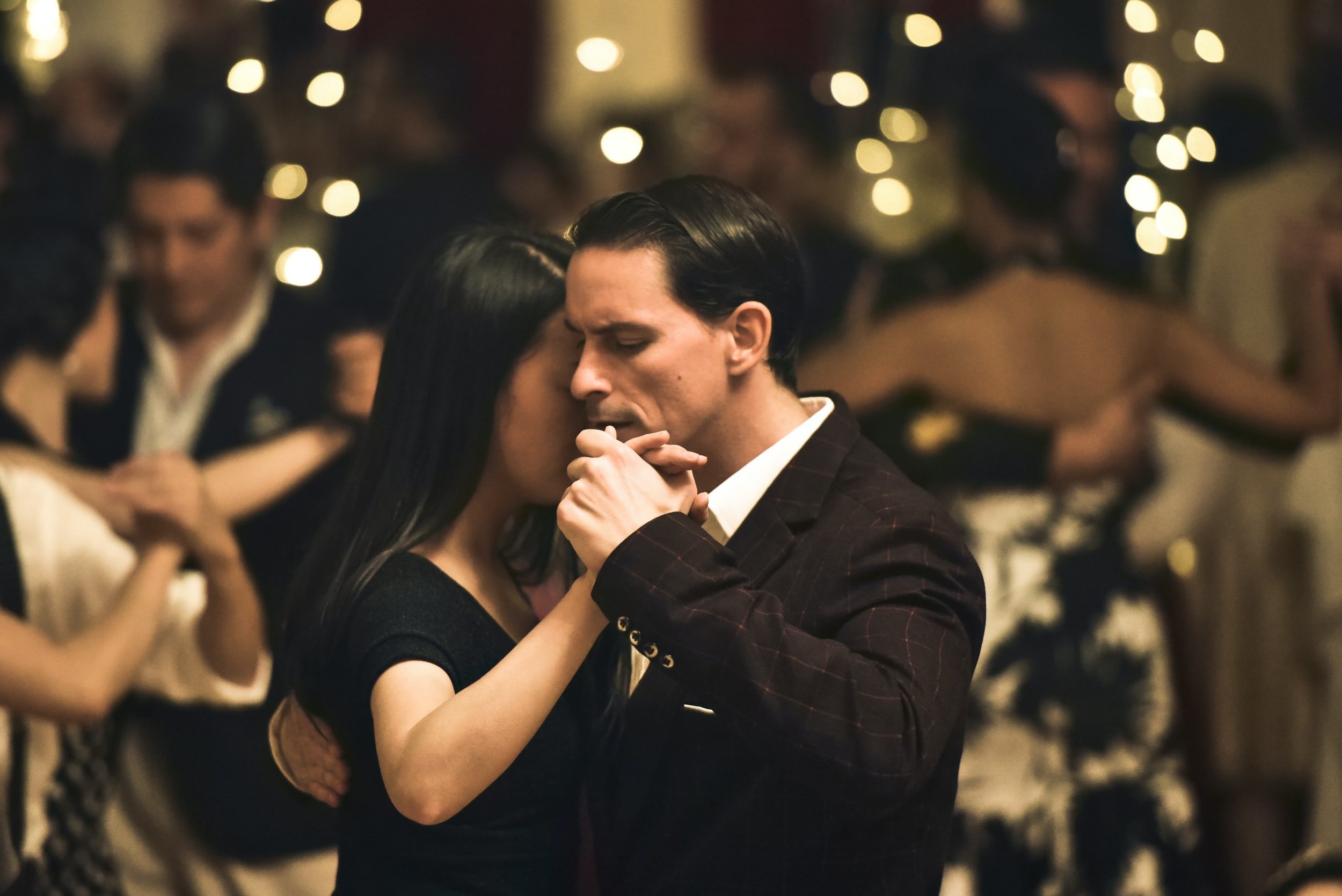The Language of Smooth Dance
The earliest form of ballroom dancing, that we know today, first appeared in the 17th Century in the form of Waltz. But, where did the word “ballroom” come from and what does it mean. Let’s break down the etymology of some dance words and find out its original mean.
Ballroom: Firstly, what do words such as “ballroom” and “ballet” have in common? That’s right “ball”. The word “ball” comes from 15th century French word meaning “dance party, or social gathering for dancing”. This derived from the Old French word “baller” meaning “to dance”. But that’s not where the word originated from. It can be traced back through late Latin (“ballare”) to it’s Greek origin “ballizein” (to dance/jump about). A more literal translation of the Greek word would be “to throw oneself around” as Ancient Greek dancing was very vigorous and highly athletic. These origins can be seen in other languages such as Spanish (bailer), Italian (ballo/ballare) and other Romantic languages.
Waltz: The Waltz was created in southern Germany. The word ‘waltz’ comes from the German word “walzen/walzer” meaning “revolve/roll” which is aptly named, as Waltz is a beautiful dance full of rotations and turns.
Tango: The word “Tango” has a few different origin stories of how it got its name. The Tango that we know today was stylised and created in South America, but had various other influences. One theory of how tango got its name was from the Latin American word “tambor” meaning ‘drum’ because of its dramatic, percussive characteristics. Others believe that it was named after an African-South American drum dance called “tamgu” meaning “to dance”. Regardless of its origins, we are grateful to be able to dance this passionate dance.
Fox Trot: Fox Trot, compared to the other smooth dances, is fairly new. The Fox Trot was made famous by vaudeville comedian Harry Fox in the 1910’s. The word “trot” was used as it shared similarities with a dance created a few years earlier known as “the turkey trot”. “Trot” appears in many different romantic languages such as Italian (trottare), Spanish (trotar), French (troter) and Frankish and Old German (trotton) and means “to tread” or “a gait faster than a walk, but slower than a run”.
It doesn’t matter what language you speak, we can all agree that if there was a universal language it would be dance. Arthur Murray studios are able to transcend language barriers and teach dance all over the world.




